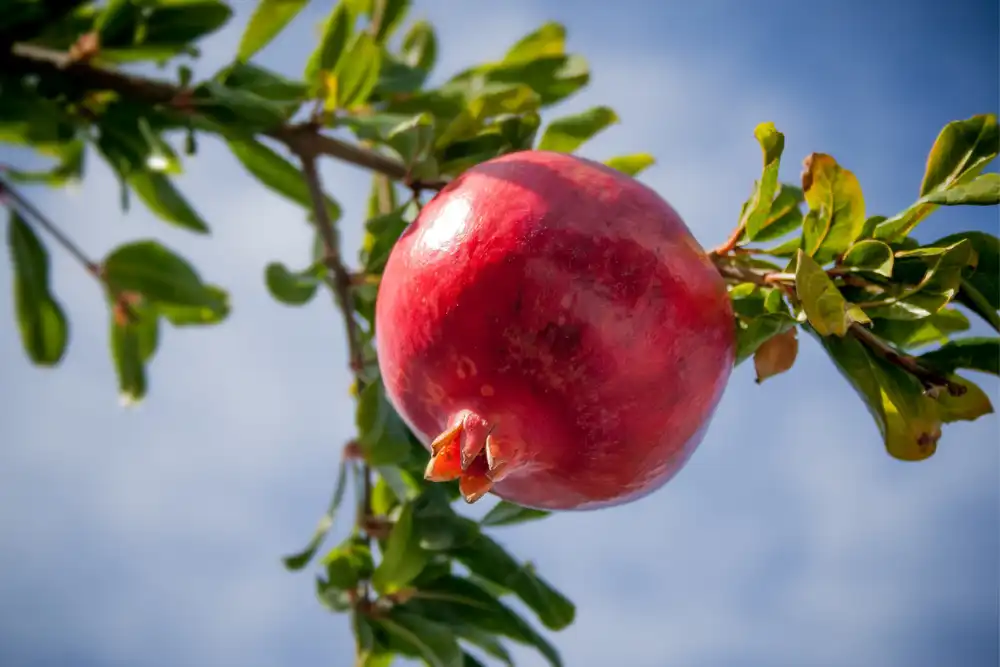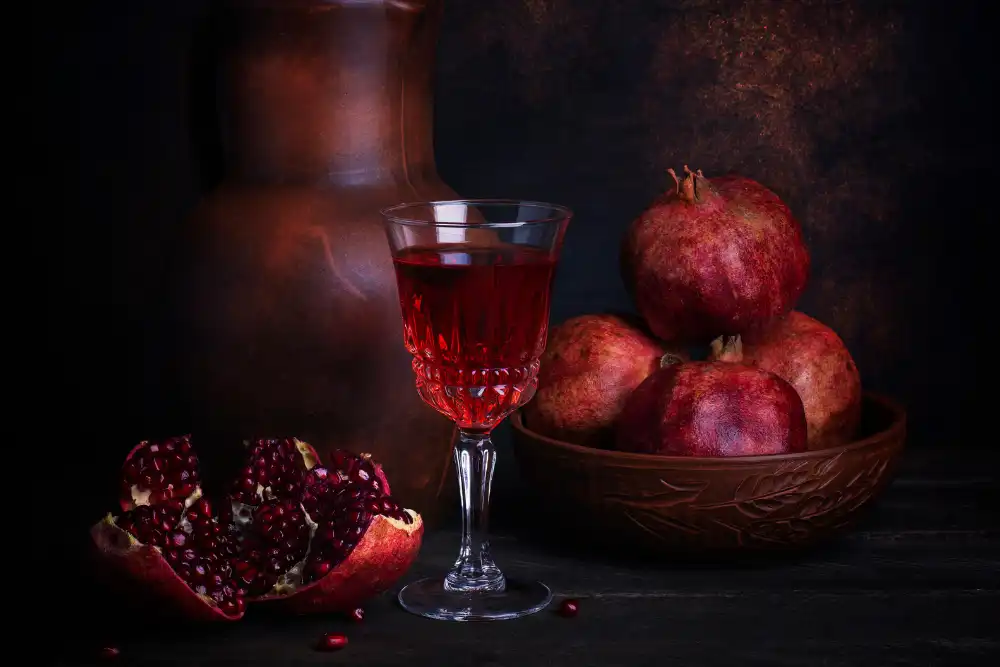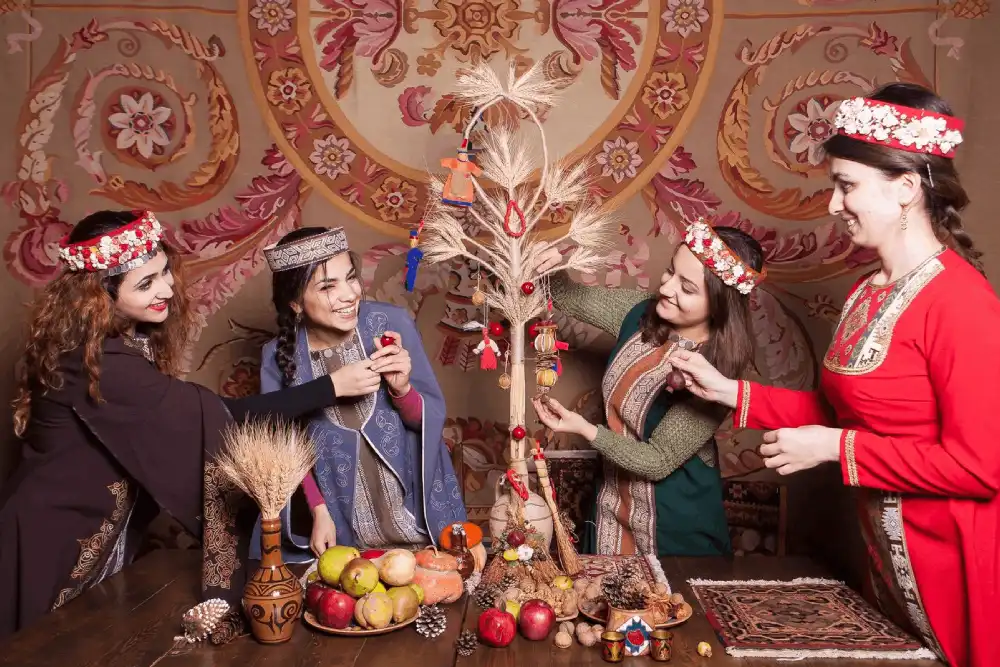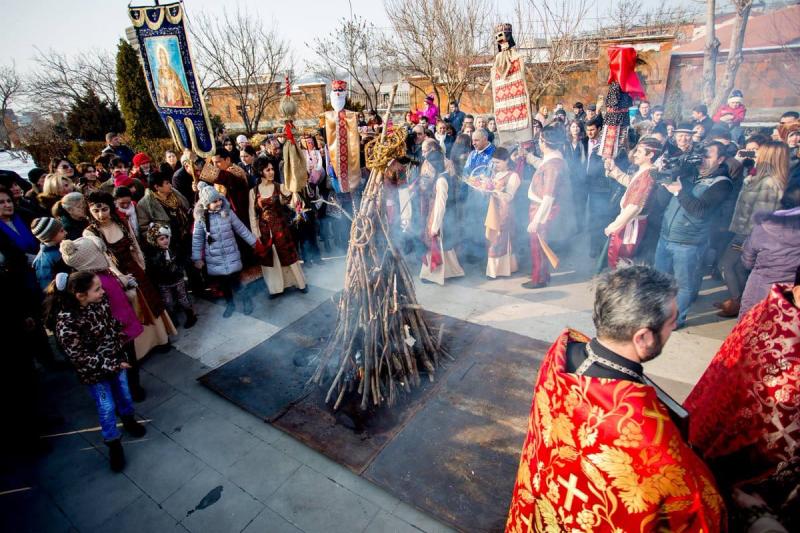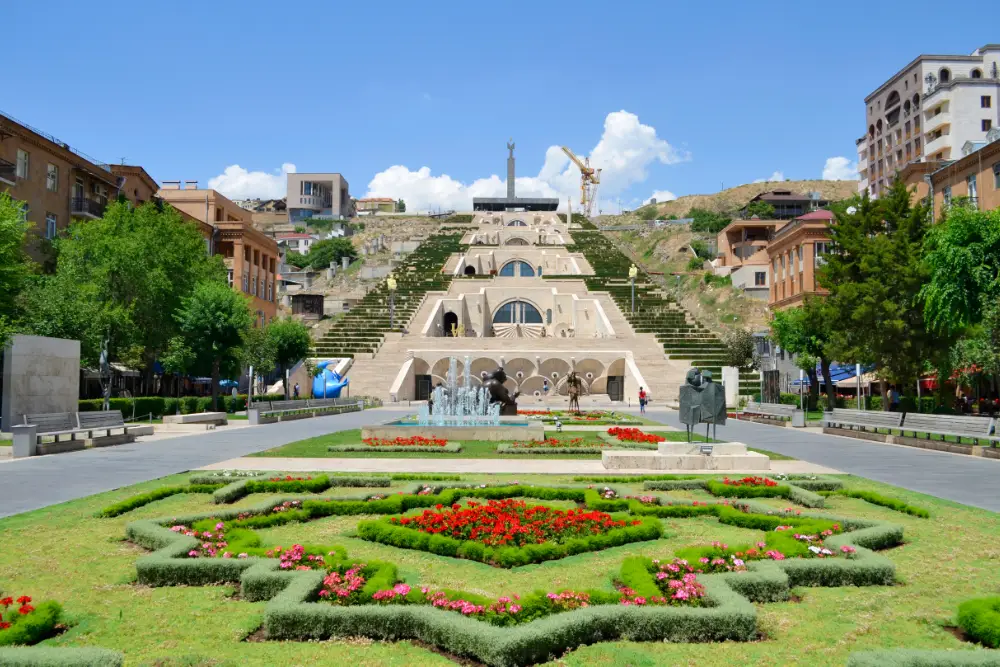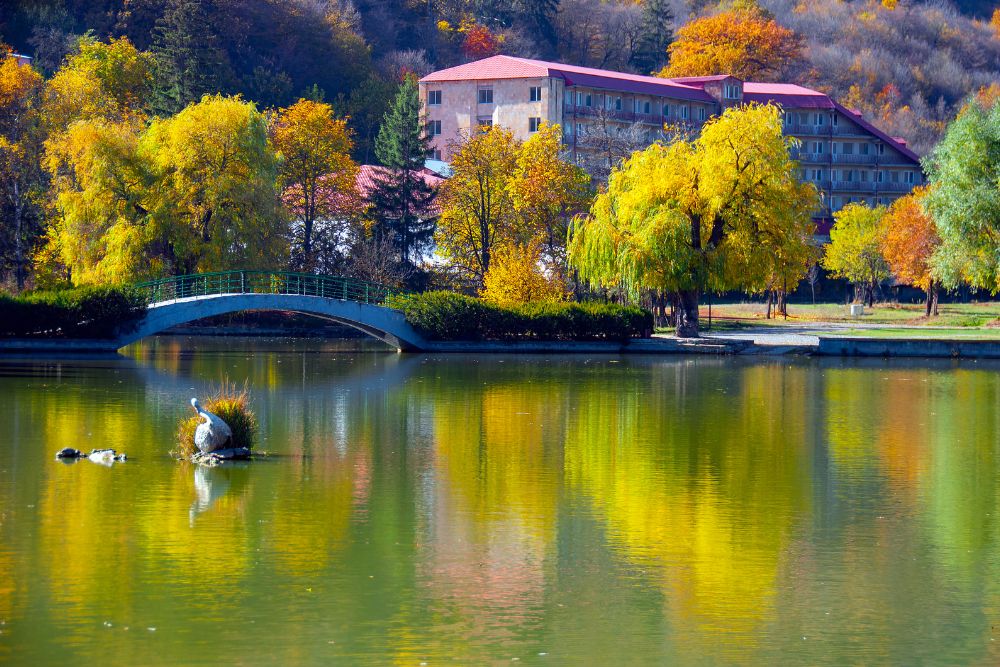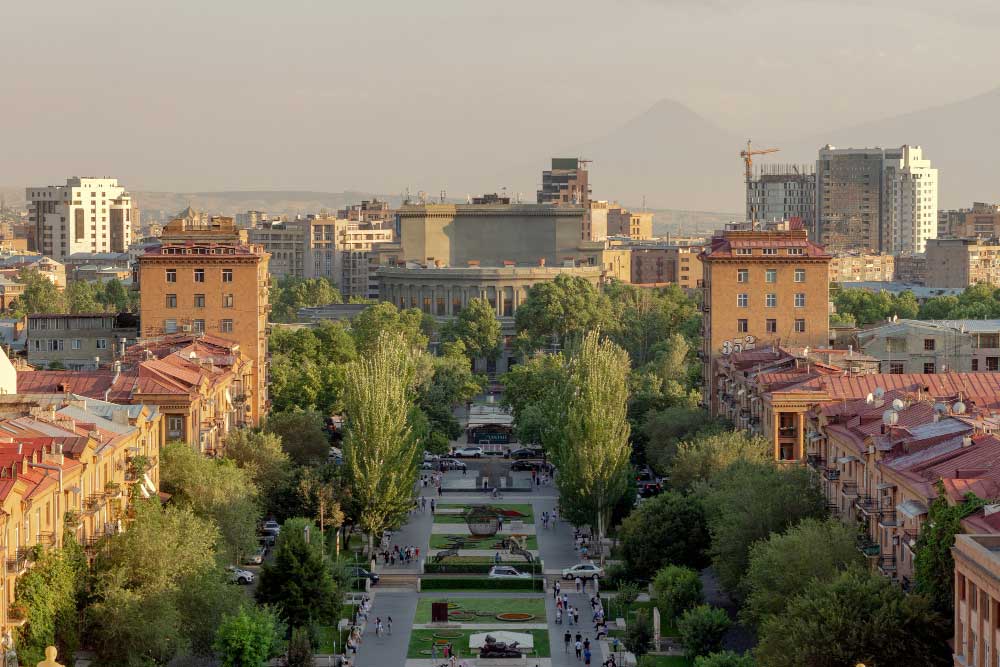Ask any Armenian about the symbols that define their culture, and the pomegranate will surely be one of the first things mentioned. This vibrant fruit has deep roots in Armenian history, tradition, and daily life, appearing everywhere from ancient myths to modern art and cuisine.
But what gives the pomegranate such a special place in Armenian hearts?
Meaning in Mythology
In Armenian mythology, the pomegranate is seen as a symbol of fertility, prosperity, and good fortune. Traditionally, at weddings, brides would throw a pomegranate to the ground, letting its seeds scatter — a ritual believed to bless the couple with many children.
The fruit also carries a deeper symbolism tied to the passage of time. It is often said that a pomegranate holds 365 or 366 seeds, representing each day of the year. As a result, it became a symbol of the fullness of life and a reminder of life’s cycle. Thanks to its natural health benefits, the pomegranate was also thought to protect people from illness and even ward off evil spirits.
Pomegranate in Armenian Art and Culture
Over the centuries, the pomegranate found a strong presence in Armenian art, literature, and religious symbolism.
The world-renowned Armenian filmmaker Sergey Parajanov used the pomegranate as a central visual symbol in his masterpiece “The Color of Pomegranates,” which tells the story of Armenian poet Sayat-Nova and portrays Armenia’s cultural spirit.
Famous Armenian painters, like Martiros Saryan, often included the pomegranate in their work. His painting “Under the Pomegranate Tree” captures the fruit’s beauty and importance in everyday Armenian life.
Even ancient Armenian manuscripts, dating back to the early medieval period, frequently featured illustrations of pomegranates. In Christianity, the fruit was often used as a symbol of resurrection and the blood of Christ — making it especially meaningful for Armenia, the first country to adopt Christianity as a state religion.
Today, pomegranate designs are everywhere in Armenia — on jewelry, pottery, paintings, souvenirs, and even in the logo of Armenia’s State Tourism Committee, promoting the nation’s heritage.
A Beloved Part of Armenian Cuisine
Armenians don’t just admire pomegranates — they also enjoy them daily. The seeds are commonly added to salads, meat dishes, and desserts, offering a splash of bright color and a burst of sweet-tart flavor.
Preparing a pomegranate is often a family activity, especially exciting for children. Though separating the seeds takes some patience, it’s a joyful process that brings people together.
Beyond eating it fresh, Armenians also make traditional pomegranate wine — a semi-sweet, aromatic drink that has become a must-try for visitors. Even the peel of the fruit is valued, used in natural remedies passed down through generations.
Conclusion
The pomegranate is more than a fruit for Armenians — it’s a powerful symbol of life, strength, and tradition. Whether seen in a piece of art, enjoyed at a family meal, or worn as a small pendant, the pomegranate continues to represent the richness and resilience of the Armenian spirit.

